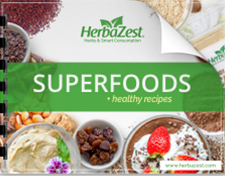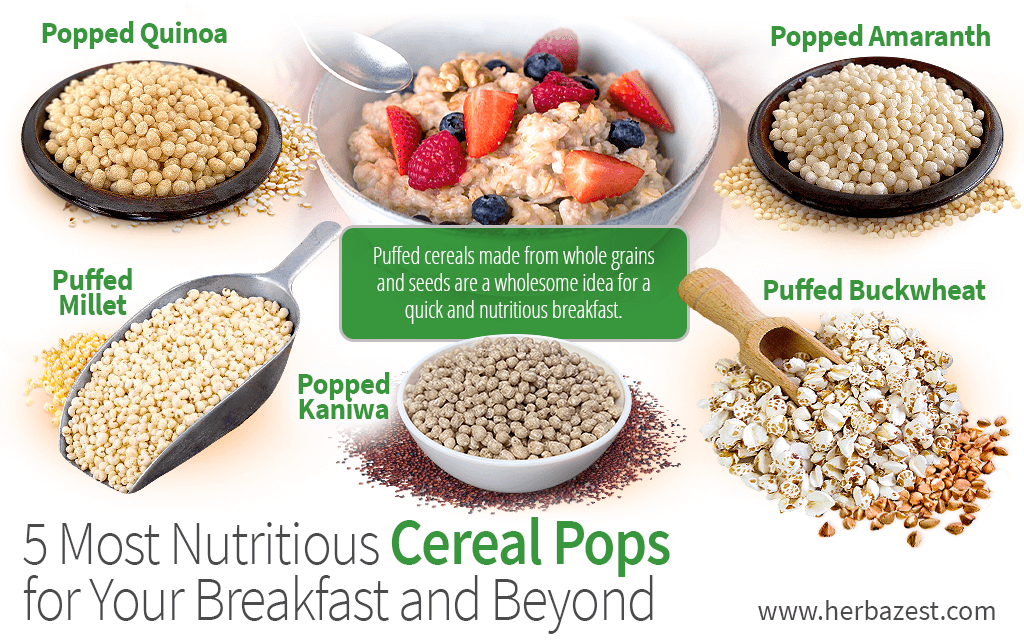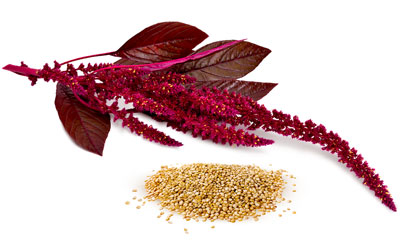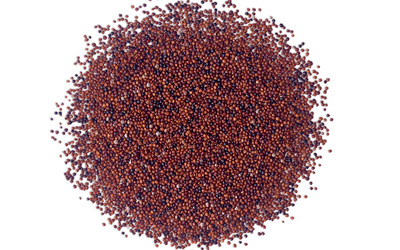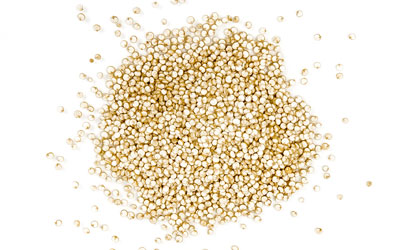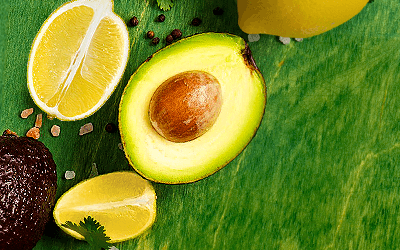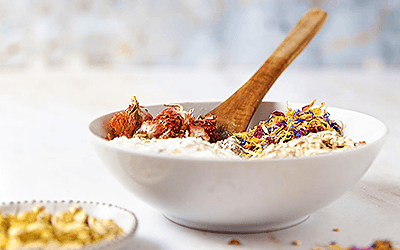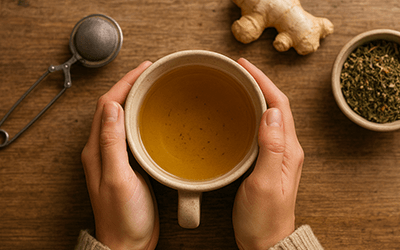Cereal is one of the easiest and quickest ideas for a filling breakfast. But many commercially available cereals are far from healthy as they're heavily processed with unnecessary additives. Fortunately, puffed cereals made from whole grains and seeds are a more wholesome alternative. Discover the most nutritious puffed cereals for your breakfast and beyond!
1. Popped Quinoa
Quinoa pop is made by passing raw quinoa seeds through heat and pressure. The resulting quinoa cereal pop is crunchy and ready to eat. From a nutritional standpoint, quinoa contains complete protein, fiber, and iron.
You can enjoy it as your morning cereal with milk, add it to this peanut butter granola, and sprinkle it over yogurt or this banana smoothie.
If you fancy quick and healthy no-bake desserts, you'll love the texture of these quinoa pop dark chocolate bars.
2. Puffed Millet
When searching for cereal pops, puffed millet is worth looking into. The origins of this ancient grain date back to 3,500 BC.1 Millet is also a great source of fiber, protein, fiber, and micronutrients, like magnesium and phosphorus.
Use this puffed grain like you would a store-bought cereal: have it with milk, yogurt, fruit, granola, and smoothies. You can even add it to trail mixes and homemade granola.
And with a mild flavor and lovely crunch, millet cereal pop is a delicious addition to raw desserts, including energy bars, bliss balls, and more.
3. Popped Amaranth
Another example of a nutritious popped cereal for your breakfast is amaranth pop. Nutritionally similar to quinoa, popped amaranth brings variety, crunchiness, and key nutrients to your breakfast meals.
Thanks to its neutral flavor, amaranth pop works great as a crunchy topping in this chocolate tahini smoothie bowl or this yogurt papaya boat. You can also add it to this cranberry granola.
To satisfy sweet cravings with amaranth cereal pop, give these amaranth pop chocolate granola bites and amaranth pop peanut butter bars a try.
4. Puffed Buckwheat
Buckwheat is one of the healthiest grains out there. It offers dietary fiber, protein, potassium, and more. When popped, buckwheat looks like a barely popped popcorn, with a lovely crunchy texture and a slightly nutty flavor.
Similar to other cereal pops, this puffed grain is wonderful as a crunchy breakfast cereal and wholesome topping for yogurt or fruits. You can also mix it with dried fruits, nuts, and seeds to make a batch of crispy granola.
Buckwheat cereal pop will hit the spot in crunchy bars, mixed with peanut butter and covered in dark chocolate.
5. Popped Kaniwa
Lightly brown-colored and crunchy, kaniwa pop is a nutritious puffed cereal to brighten up your breakfast. It'll also give you the protein, complex carbs, and micronutrients you need for a balanced meal.
Kaniwa cereal pop will be a delicious fit in this crunchy muesli as well as this a crispy topping in this coconut papaya mango smoothie, breakfast parfait, or your favorite yogurt.
If you like to keep a wholesome dessert on hand at all times, you'll find these kaniwa pop rocky road bars quite delightful.
Puffed cereals made from whole grains and seeds are a truly nutritious (and gluten-free) breakfast option. Make sure you look for products that are only minimally processed and do not contain refined sugars, artificial colorings, and other unnecessary additives. You can easily extend their use beyond breakfast, and enjoy cereal pops in your wholesome snacks and desserts.
Sources
- Biology and Biotechnology of Quinoa, Bioactive Compounds in Quinoa ((Chenopodium quinoa) and Kañiwa (Chenopodium pallidicaule), 2022
- Gluten-Free Ancient Grains, Amaranth: Its Unique Nutritional and Health-Promoting Attributes, 2017
- Harvard Health Publications, Grain of the month: Buckwheat, 2020
- Harvard T.H. Chan - School of Public Health, Quinoa
- The Whole Grains Council, Health Benefits of Millet
Footnotes:
- International Crops Research Institute for the Semi-Arid Tropics. (n.d.). Bringing back millets- the super crop of our ancestors. Retrieved October 14, 2022, from https://www.icrisat.org/a-short-history-of-millets-and-how-we-are-recognising-their-importance-in-the-modern-context/
